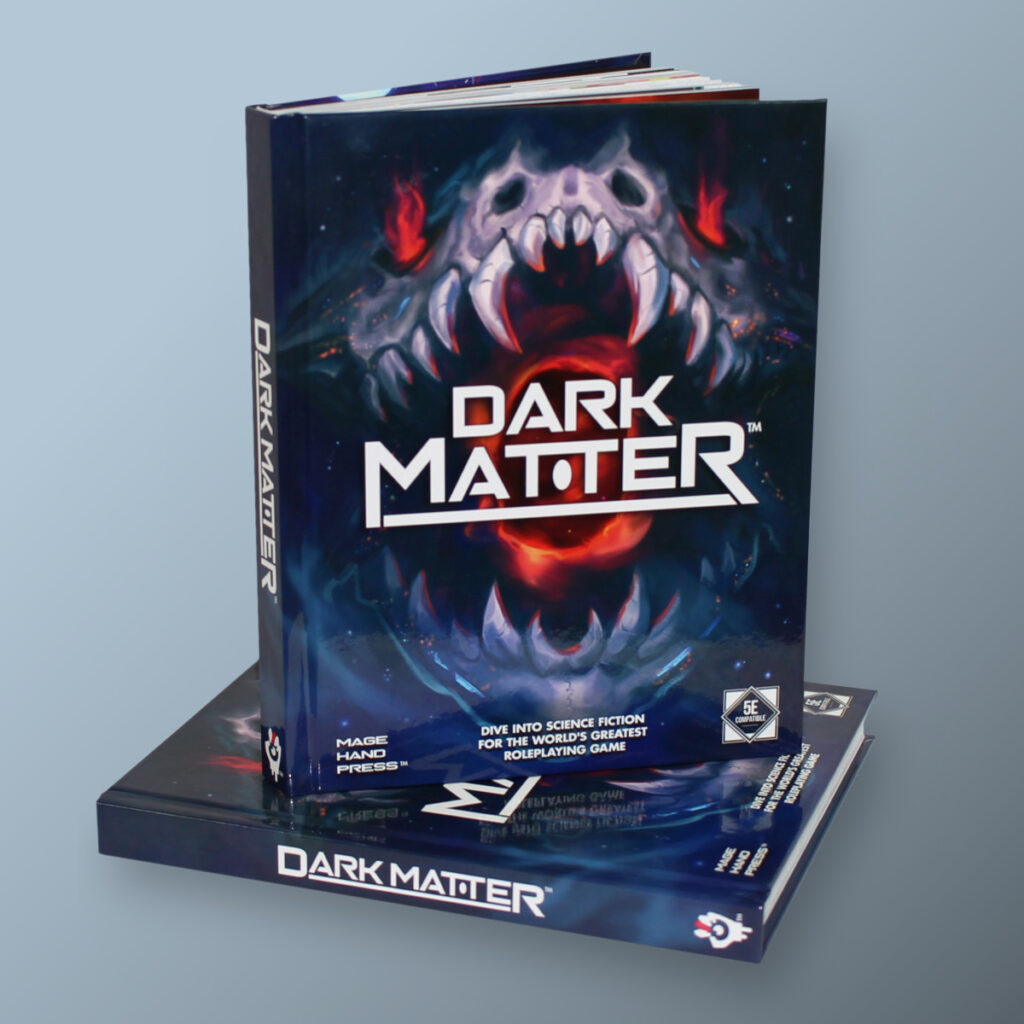Comments from the Finger: Admittedly, I’m a bit conflicted about how this class turned out. The Swordsage was one of a trio of classes which used the popular maneuver subsystem which was introduced and really only supported in Tome of Battle: Book of the Nine Swords. These three classes, Crusader, Swordsage, and Warblade were intended to be fixes for three of the martial classes in 3.5 (paladin, monk, and fighter, respectively) which were lacking mechanically behind casters. The 5e legacy of this much beloved subsystem is the Battle Master class, which brings the familiar subsystem to the new edition.
On one hand, I’ve created an (I think) fairly well balanced maneuver-based monk (be careful to note that you actually expend maneuvers and must recover them later, as in the 3.5 version.) On the other, it fails to accomplish many of the mystical abilities that swordsages had at their disposal via their maneuvers, and thus feels martial and militaristic rather than mysterious and magical.
However, I know that many people have created additional maneuvers for 5e and some of those people even might be our readers. So, if you know of or have written maneuvers which you think we should allow our swordsage class to be able to learn, send us a support request or leave a comment below.
Way of the Swordsage
A master of martial maneuvers, the Swordsage is a physical adept — a blade wizard whose knowledge of the Sublime Way lets her unlock blinding speed and spiritual transcendence. Unlike other monks, the Swordsage trains with his weapon as well as his martial arts, practicing relentless discipline to hone her skills and perfect her combat maneuvers. The Masters of the Sublime way are a blur of deadly strikes on the battlefield, evidence of years of intensive training and meditation.
Bonus Proficiencies
When you choose this path at 3rd level, you gain proficiency in martial weapons that do not have the Heavy property. Martial weapons are also treated as monk weapons for the purposes of monk class features.
Combat Discipline
Beginning at 3rd level, your training and discipline have taught you to channel your Ki into deadly combat maneuvers.
Maneuvers. You can prepare five maneuvers of your choice, which are detailed under “Maneuvers” in the Fighter class description. You may reselect these maneuvers each time you complete a long rest. You learn to prepare two additional maneuvers of your choice at 6th, 11th, and 17th level.
Many maneuvers enhance an attack in some way. You can use only one maneuver per attack. Once you have used a prepared maneuver it becomes unprepared and you may not use it again until you complete short or long rest. You may, however, use your action to meditate on a single maneuver to prepare it again.
Superiority Dice. Your superiority dice begin as d4s, and change as shown in the Martial Arts column of the Monk table. When you elect to use a maneuver, you may use a superiority die by expending 1 Ki point.
Saving Throws. When one of your maneuvers requires your target to make a saving throw to resist the maneuver’s effects, use your Ki save DC.
Quick to Act
By 6th level, you are exceptionally quick to act, and have advantage on initiative rolls.
Mystic Jaunt
At 11th level, you can strike an enemy within the span of a moment. As a bonus action, you can spend 2 Ki points to teleport up to 60 feet to a space that you can see adjacent to an enemy. You then have advantage on the first attack you make before the end of your turn.
Sublime Way
By 17th level, you have mastered the Sublime Way and can strike with perfect form. You may now use two different maneuvers on a single attack, expending Ki points separately for each.
Changelog: 6/30/15: Removed light armor proficiency
7/13/15: No longer has proficiency with martial weapons that have the heavy property.
Now gains advantage on initiative, rather than a flat +5.



